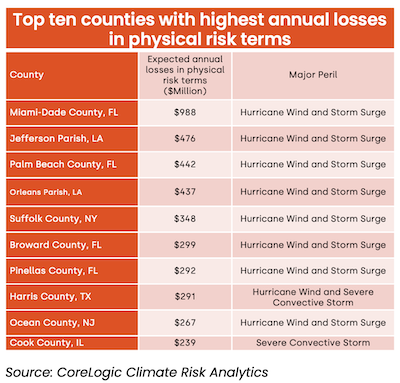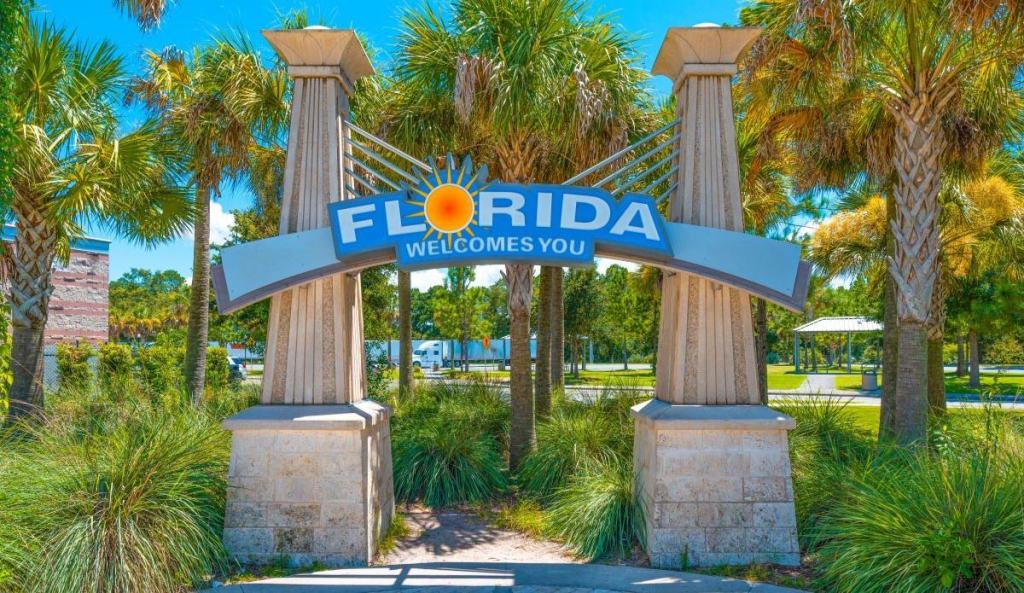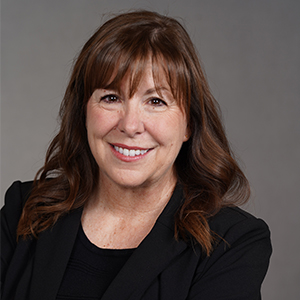The Florida housing market faces an outsized risk from weather events and larger climate issues. The state has the longest coastline in the lower 48 and its average elevation is just 100 feet. That low-lying land is prime real estate, with 16.2 million people living in coastal areas primed for damage from tropical storms, hurricanes and flooding. Not surprisingly, the state also has the highest average cost for homeowners insurance, and that cost is rising.
But it’s not all bad news for the Sunshine State.
John Rogers, chief innovation officer at CoreLogic, outlined the risks but also the positive developments he sees in the Florida housing market at an event held by the National Association for Real Estate Editors (NAREE) last week. In his presentation and in an interview with HousingWire, he laid out a nuanced picture of Florida housing.
The risks
There is no shortage of potential perils in a state that’s surrounded by water. The risk is especially sharp this year, when the National Oceanic and Atmospheric Administration (NOAA) is forecasting above-normal hurricane activity in the Atlantic. The forecast calls for 17-25 named storms and 8-13 hurricanes, with 4-7 of those being classified as major hurricanes in category 3, 4 or 5. That’s a lot of opportunity for property damage, and one reason homeowners insurance in Florida has gotten out of control.
CoreLogic data shows that on a national level, the average homeowners insurance premium rose 35% between 2021-2023. But in Florida, that increase was almost double the national average at 68%.
And insurance has more to cover than ever in some Florida counties. In the chart below, you can see the counties with the highest risk of physical loss by future perils events based on CoreLogic’s Climate Risk Analytics.

The chart shows estimated annual losses in physical risk terms per year by 2050 under CoreLogic’s severe climate risk scenario RCP 8.5. Out of the top 10 counties with the highest projected annual losses in physical risk terms, four are in Florida, including the No. 1 spot held by Miami-Dade County. There, CoreLogic pegs the expected annual losses in physical risk terms at $988 million per year — for just one county.
Other housing markets in Florida face multiple perils, and those perils can be overlapping or sequential. A recent CoreLogic white paper defines some of these risks: “Wildfire, inland flood, thunderstorms, and winter storms are hurricane-associated weather hazards — they too are impacted by changes in energy flows and water cycle patterns. These hazards may occur during hurricane season or they may occur in sequence (hurricane then wildfire), and one hazard may foster another. Excessive rainfall in a season can promote growth of vegetation, which then can turn into a stockpile of wildfire fuel from a dry season.”
The ‘green shoots’
So what’s the good news? Rogers noted several important developments in Florida that bode well for its housing market even amid its challenges.
First, the state has some of the best state-wide building codes in the nation, which help protect property (and people). That’s one reason newer construction performs better against hurricane winds, a critical feature in a state that saw extensive damage from category 5 storms like Hurricane Ian in 2022 and Hurricane Irma in 2017.
Second, insurance carries are beginning to re-enter the Florida market after an exodus last year that saw 14 different insurance carriers leave the state, which shifted many of those policies to the state’s insurance of last resort, Citizens Home Insurance. In January, Florida approved six new property insurance companies to enter the market and approved another eight companies in April. More choices for homeowners should alleviate some of the rising costs on the front end for insurance and offer more coverage if something does happen.
In addition, leaders at the county and state level are taking action. For example, Broward County, which ranked No. 7 on the list above, could see $330 million of losses by 2050 if it does nothing. So Broward County updated their FEMA maps to expand the Special Flood Hazard area by 15%, meaning 90,000 additional properties will now have to have flood insurance.
“Homeowners might say — oh no, now I’ve got another bill,” Rogers said. “But in context, Hurricane Ian caused $18 billion of uninsured loss. If a homeowner had FEMA coverage [after Ian], they would get about $9,000 to $10,000 for repairs. If they had flood insurance, they would get about $66,000. That gives you a fighting chance of getting back to normalcy.”
Another bright spot for Florida is their efforts to curb frivolous lawsuits that draw money meant for repairs. “The Florida legislature just issued a new housing reform bill to make sure the homeowners insurance claims funding goes toward restoration rather than litigation,” Rogers said. “Florida has 15% of all homeowners insurance claims in the U.S., but 71% of all lawsuits against claims, so premiums should actually drop.”
Lastly, Rogers noted that Florida Gov. Ron DeSanctis signed a bill in April that provides an additional $200 million in hurricane mitigation improvements for homeowners, including free wind mitigation inspections and matching grants for homeowners.






